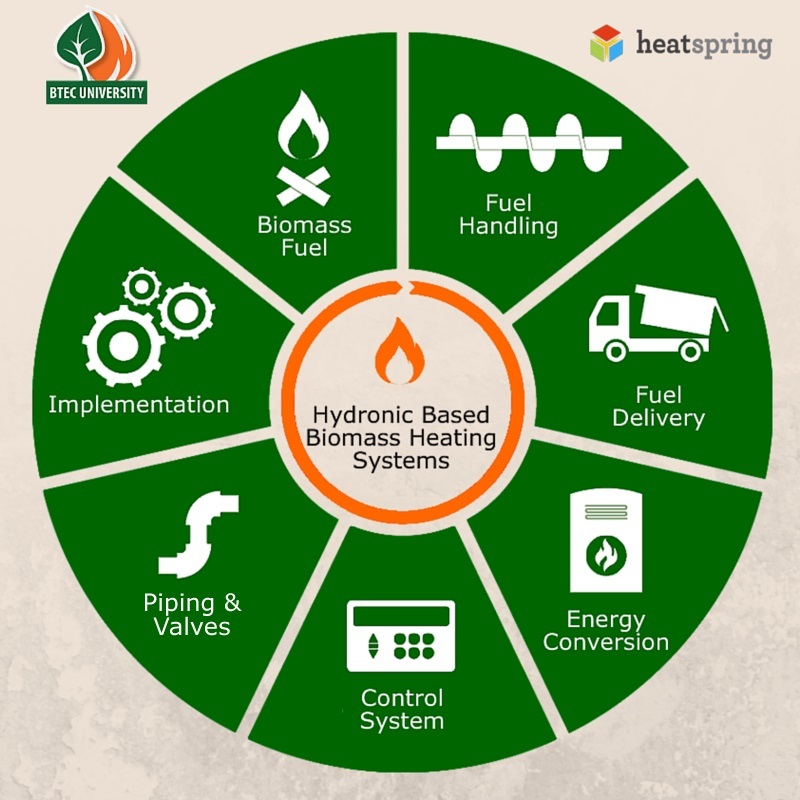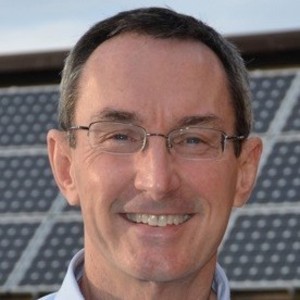BTEC partners for new course on small, biomass heating systems







John Siegenthaler
May 6, 2015
BY Katie Fletcher
Advertisement
Advertisement
Related Stories
The call for presentation abstracts for the 19th annual International Biomass Conference & Expo is now open. The event will take place in Nashville, Tennessee, March 31 – April 2, 2026. Abstracts can be submitted through Nov. 21.
Japan-based Renova Inc. on Oct. 14 announced that its 75-megawatt (MW) Omaezakikou Biomass Power Plant resumed operations on Oct. 10. The facility was idled in June following a malfunction of auxiliary boiler equipment.
Pellet and forestry experts explain the potential for woody biomass and pellets from waste wood residues to be used as a sustainable aviation fuel feedstock.
The U.S. Energy Information Administration on Oct. 15 reported that approximately 1.684 million U.S. households used wood as a primary heating source last winter, down 1% when compared to the previous year.
Renewable are expected to account for 24% of U.S. electricity generation in 2025, increasing to 26% in 2026, according to the U.S. Energy Information Administration’s latest Short-Term Energy Outlook, released Oct. 7.





